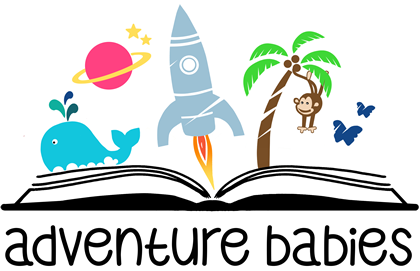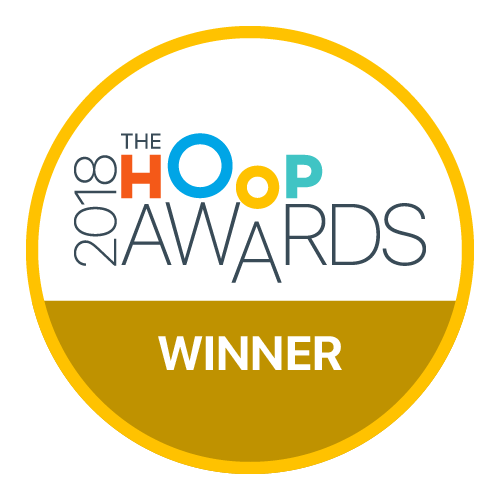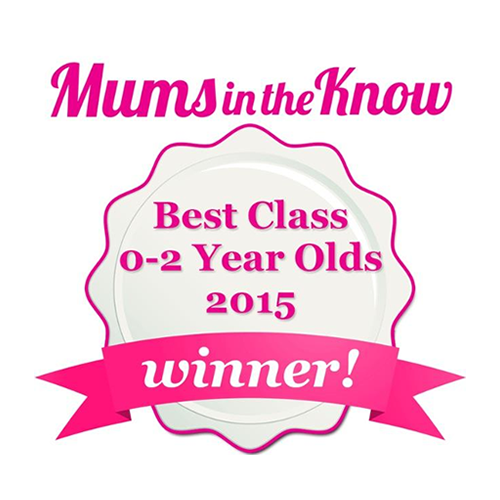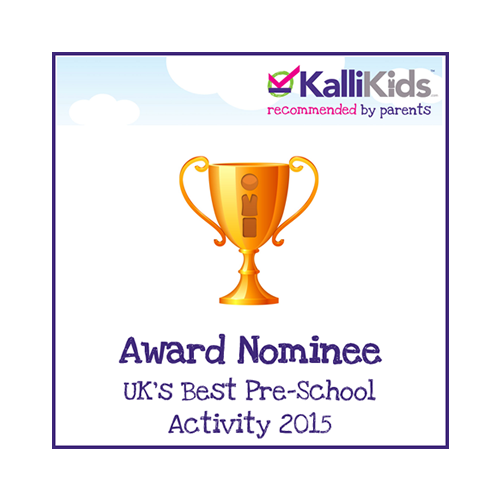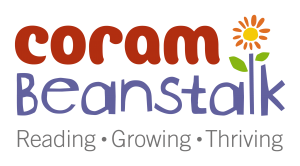As a new parent, you’re likely bombarded with advice from all directions, leaving you wondering, “Does my baby need to be in a routine?” The short answer is: it depends. Every baby is unique, and so is every family’s situation. However, understanding the benefits of a routine can help you make the best decision for […]
The Importance of Reading to Your Baby Under 1 Year Old Reading to your baby is one of the most beneficial activities you can engage in as a parent. Even though your little one may not understand the words yet, the experience of hearing your voice and seeing pictures helps in their overall development. In […]
How Do I Know My Baby is Teething? A Guide for New Parents As a new parent, you are constantly learning and adapting to your baby’s needs. One of the milestones you might be anticipating with both excitement and a bit of dread is teething. This crucial stage in your baby’s development can be a […]
How Do I Know My Breastfed Baby Is Getting Enough Milk? A Guide for New Mums As a new mum, one of your primary concerns might be whether your breastfed baby is getting enough milk. It’s natural to worry, especially since you can’t measure the amount of milk your baby is consuming. Here’s a guide […]
How to Make the Most of Bedtime Stories with Your Baby: A Guide for New Parents Bedtime stories are a cherished tradition for many families, offering a special time for bonding, learning, and establishing a bedtime routine. As new parents, you may wonder how to make the most of this magical time. Here’s your guide […]
When Will My Baby Start to Crawl? An Adventure Babies Guide for Parents As a parent, one of the most exciting milestones in your baby’s development is when they start to crawl. It’s a sign of growing independence and physical development, and it’s natural to wonder when this will happen. While every baby is unique […]
When Will My Baby Get Their First Tooth? The Ultimate Guide for Curious Parents Hello there, wonderful parents! Are you eagerly awaiting that precious moment when your baby flashes their first toothy grin? We know the excitement and curiosity that comes with every milestone, especially the first tooth. If you are reading this you must […]
Sun Safety for Babies: Essential Tips for New Parents As a new parent, ensuring the safety and well-being of your baby is your top priority. One crucial aspect of this is protecting your baby from the harmful effects of the sun. Babies have delicate skin that can burn easily and are more susceptible to the […]
Nutritious Superfoods for Weaning Babies: A Guide for New Parents Weaning your baby is an exciting milestone, but it can also be a time filled with questions and concerns. As you introduce your little one to solid foods, you naturally want to provide them with the best nutrition possible. Superfoods, known for their exceptional nutrient […]
